Parenting is a beautiful journey that is full of unexpected twists and turns. One of the most uncomfortable twists that arise is diaper rash which can cause severe discomfort to your baby.
Diaper rash is a common problem that affects most babies; the causes range from exposure to urine, faeces, a new product, infection, and yeast. Parents need to know everything about yeast diaper rash: we will take a deep dive into what it is, what causes it, and what symptoms to look out for.
We also provide a comprehensive guide on how to treat yeast diaper rash treatment- from natural and home remedies to prescription treatments that will soothe and heal your baby’s delicate skin. Also we will also share information on the different types of yeast and their treatments. We will help you determine when to see a doctor for yeast diaper rash and what side effects to expect when treating it.
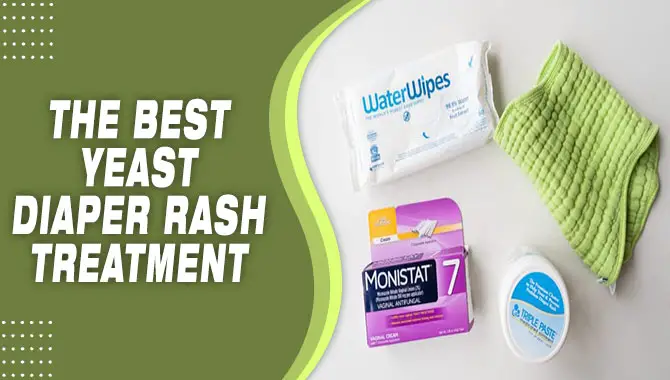
What Is Yeast Diaper Rash?
Candida, which grows on the skin, causes yeast diaper rash, a fungal rash. It is common among babies and toddlers, especially those who wear tight-fitting diapers in moist or wet conditions. Antibiotics, thrush, frequent bowel movements, and acids in the stool are common causes of yeast diaper rash.
Keeping the diaper area clean and dry and using diaper rash cream or ointment can help alleviate the condition. Avoiding hot and humid conditions can also help prevent yeast diaper rash. Regularly cleaning the diaper area is critical to preventing yeast diaper rash, and some parents believe that cloth diapers may help reduce the risk of developing the condition.
6 Simple Tips For Yeast Diaper Rash Treatment
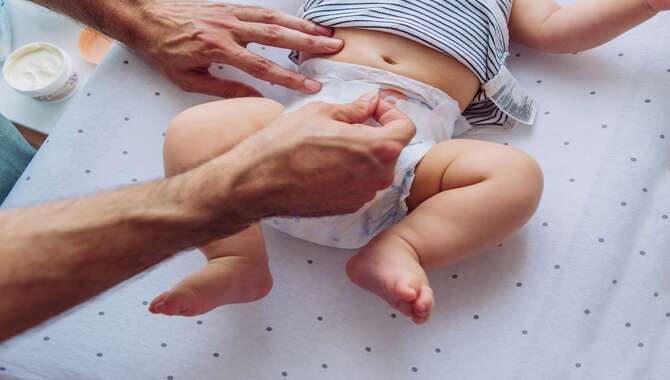
you can easily treat yeast diaper rash with antifungal creams, such as nystatin, clotrimazole, miconazole, and mild corticosteroid cream. For best results, apply the antifungal cream liberally during every diaper change, and rub it into the skin instead of simply applying it on top. One of the greatest challenges as a parent is dealing with a rash on your baby’s bottom.
Yeast diaper rash is one of the most common diaper-related issues parents face. It can cause significant discomfort and even lead to more serious conditions like skin infections and UTIs in some cases. Following these 6 simple tips, you can ensure your baby’s comfort and protect your little one from yeast diaper rashes.
1. Causes And Symptoms Of Yeast Diaper Rash
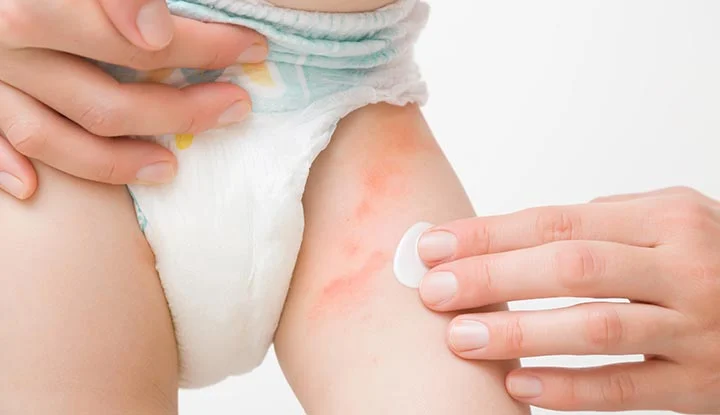
If your little one is experiencing yeast diaper rash, several simple tips can help alleviate symptoms and promote healing. Yeast diaper rash is typically caused by candida, a type of fungus that naturally lives on human skin. Common causes of yeast diaper rashes include wetness, chafing, and skin sensitivity.
Symptoms of a yeast diaper rash may include redness, soreness, and itching. Factors that can contribute to yeast overgrowth include the use of antibiotics, weak immune systems, and warm, moist environments. To prevent yeast diaper rashes, it’s essential to keep the diaper area clean and dry, change diapers often, and use a diaper rash cream or ointment.
2. Treatment Options For Yeast Diaper Rash
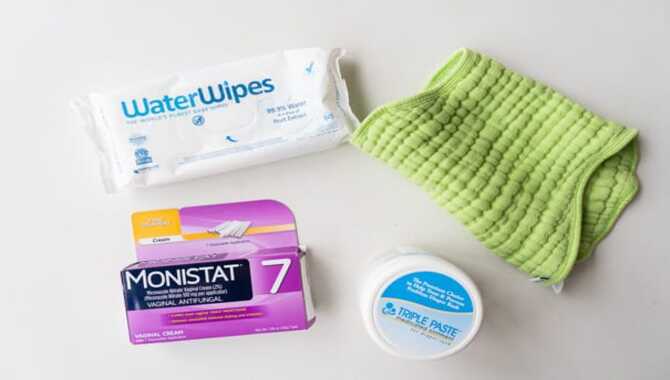
Treating a yeast diaper rash requires specific treatment efforts. It’s important to keep the skin clean and dry and use a cream specifically formulated for yeast diaper rash. Sometimes, a healthcare provider prescribes a cream or recommends an over-the-counter option. While keeping the baby’s bottom dry and using a diaper rash cream or ointment is a common treatment for diaper rash, it may not be sufficient for a yeast diaper rash.
It’s important to check with a healthcare provider for treatment suggestions if a yeast diaper rash is suspected. Overall, treating a yeast diaper rash may require more effort than regular diaper rash treatment, but it’s important to address the issue to prevent further discomfort for the child.
3. Natural Treatments For Yeast Diaper Rash
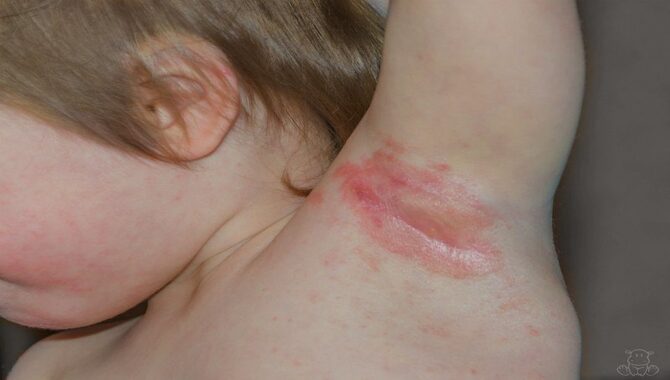
If your baby is suffering from yeast diaper rash, there are several simple tips you can follow for the treatment. Keeping the affected area clean and dry is the first step in addressing the issue. You can also use antifungal creams like clotrimazole, miconazole, and nystatin to treat yeast diaper rash, while steroid creams like hydrocortisone can reduce inflammation caused by a yeast infection.
For those looking for natural treatments for yeast diaper rash, several options exist. Coconut oil, apple cider vinegar, and probiotics effectively combat yeast infections. Additionally, making sure to change your baby frequently and avoiding using baby wipes if your baby has a yeast diaper rash can help prevent further irritation. These tips can help quickly and effectively treat yeast diaper rash in babies.
4. Prescription Treatments For Yeast Diaper Rash
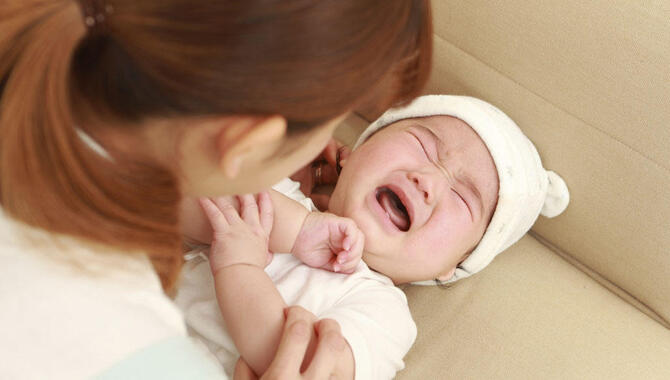
Several simple tips can help control and treat the condition when dealing with yeast diaper rash. The first step is ensuring the affected area is clean and dry. Apply a barrier cream to protect the skin from further irritation.
It is also important to change the diaper frequently. If the rash is severe, a prescription treatment may be necessary. Medical professionals may prescribe an antifungal cream, such as nystatin, clotrimazole, or miconazole, possibly with a mild corticosteroid cream.
It is essential to follow the instructions provided by the healthcare provider carefully. Rubbing the cream into the skin is crucial, not just applying it on top. Moreover, a healthcare provider may prescribe a cream or recommend an over-the-counter one for yeast infections on the skin.
Sometimes, a prescription ointment (nystatin) is necessary to treat yeast diaper rash. However, by following these simple tips, you can effectively treat yeast diaper rash and prevent it from occurring.
5. Home Remedies For Yeast Diaper Rash
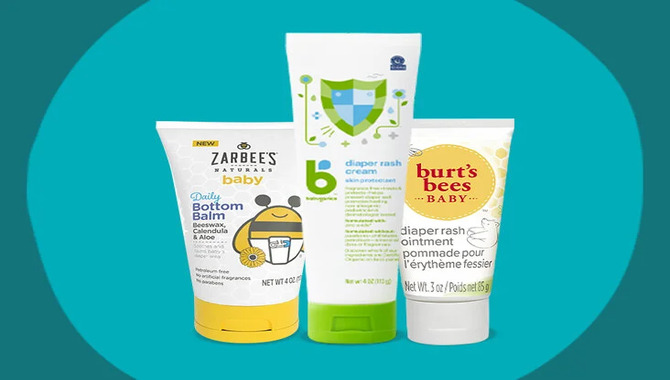
Dealing with a yeast diaper rash can be frustrating, but you can follow several simple tips to help treat it. One of the most important steps when dealing with a yeast rash is to keep the affected area clean and dry.
You can change your baby’s diaper frequently and use only warm water and gentle soap when cleaning the area. Regular diaper rash creams won’t help if the rash is caused by yeast, so an antifungal cream, like nystatin, may be needed instead.
Over-the-counter antifungal creams, such as clotrimazole and miconazole, may also effectively treat a yeast diaper rash. In some cases, you may use a mild corticosteroid cream in combination with an antifungal cream to help reduce inflammation and itching.
For those looking for a more natural solution, some home remedies for yeast diaper rash may help. These can include using coconut oil, probiotics, and vinegar, among other things. However, talking to your paediatrician before trying home remedies is important to ensure their safety and effectiveness.
6. Different Types Of Yeast And Their Treatments
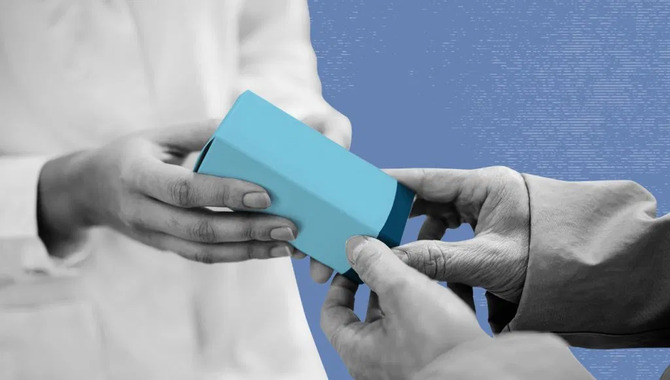
Yeast diaper rash can be a frustrating condition for babies and parents. Luckily, several simple tips can help with yeast diaper rash treatment. First and foremost, it’s important to correctly identify yeast diaper rash as it requires a different treatment than a regular diaper rash. Yeast diaper rash is caused by a type of yeast called Candida, which thrives in warm, moist environments.
To prevent yeast diaper rashes, keeping the baby’s bottom clean and dry is essential. Diaper rash creams or ointments can also add a protective layer between the baby’s skin and the diaper. Symptoms of yeast diaper rash include chafing, sensitivity, and wetness. If a yeast diaper rash does occur, treatment options include antifungal ointments, creams, and powders.
Different types of yeast require different treatments, so it’s important to consult with a healthcare professional before starting any treatment regimen. With diligence and the right treatment approach, yeast diaper rash can be effectively managed and cleared quickly.
When To See A Doctor For Yeast Diaper Rash
If you’ve tried at-home remedies for your baby’s diaper rash and the rash still hasn’t cleared up after three days, it is likely caused by yeast and may require medical attention. Yeast diaper rashes tend to present as sore, red skin in the diaper area and may require antifungal medications.
If you suspect your baby has a yeast diaper rash or yeast infection on the skin, it is important to see a doctor who can recommend appropriate over-the-counter treatments or prescribe medications. Don’t ignore the discomfort your child may be going through, and contact a medical provider for advice on how to address yeast diaper rashes.
What Are The Side Effects Of Using Yeast Diaper Rash Treatment?
Although yeast diaper rash is common, its treatment can have some side effects. The most common treatment options are over-the-counter creams and ointments, which can cause mild itching and redness. Severe cases may require prescription antifungal creams, which may have more substantial side effects, including localised skin reactions such as burning, stinging, or blistering.
It is essential to recognise the symptoms of yeast diaper rash, such as chafing, sensitivity, and wetness, and to seek treatment from a provider. Prevention is key, and keeping the diaper area dry and clean can help prevent yeast diaper rash from returning. If you are considering using a yeast diaper rash treatment, speak to your healthcare provider to ensure you select the appropriate one and minimise side effects.
Conclusion
When treating yeast diaper rash, you can take a few different approaches. One of the most common is using over-the-counter medications such as diaper ointments. However, some parents may also use prescription medications such as anti-fungal creams or oral medication.
Yeast diaper rash can be a disturbing problem for babies and cause a lot of discomforts. Quick action and consistent treatment are essential. Fortunately, various treatments are available for yeast diaper rash, ranging from natural options to prescription medication.
To get started on the most effective yeast diaper rash treatment, you must first identify the root cause of the infection. Our comprehensive guide includes everything you need about yeast diaper rash, its symptoms, causes, treatments, and potential side effects.
Frequently Asked Questions:
What Antifungal Cream Is Best For Baby Yeast Infection?
It is important to consult with a paediatrician before using any antifungal cream for a baby yeast infection. They can recommend a suitable cream based on the severity and location of the infection.
Clotrimazole and miconazole are commonly used antifungal creams that are considered safe for treating yeast infections in infants. However, it is important to follow the paediatrician’s instructions carefully and complete the full course of treatment to ensure a speedy recovery.
Can You Treat A Yeast Diaper Rash At Home?
Yes, you can treat a yeast diaper rash at home. Some effective remedies include keeping the diaper area clean and dry, using over-the-counter antifungal creams or ointments, and giving your baby plenty of diaper-free time to air the rash.
Also, avoid using scented products and opt for gentle, fragrance-free ones. If the rash does not improve after a few days of home treatment, it is advisable to consult a paediatrician for further evaluation and treatment.
What Is The Best Home Remedy For Yeast Diaper Rash?
One of the best home remedies for yeast diaper rash is to clean your baby’s diaper area with a mild soap. This will help remove any bacteria buildup, which can lead to yeast infections. Another effective remedy for yeast diaper rash is lavender oil, which has been shown to have anti-fungal and antiviral properties. It can be applied topically to the skin or rubbed into the skin using a cotton ball or soft cloth.
How Do I Know If My Diaper Rash Is A Yeast Infection?
If your diaper rash is accompanied by a red, raised, and scaly rash that extends beyond the diaper area, it could be a yeast infection. Other symptoms may include small red bumps, pus-filled bumps, and a shiny or glazed appearance on the skin in the affected area. If you suspect your baby has a yeast infection, it’s best to consult their paediatrician for proper diagnosis and treatment.
How Do I Use Probiotics To Treat Yeast Diaper Rash?
It is not recommended to use probiotics to treat yeast diaper rash. In most cases, topical antifungal creams and proper diaper care are the best ways to treat yeast diaper rash. However, incorporating probiotics into your child’s diet can help support their overall gut health and may also help prevent future occurrences of diaper rash. It is important to consult with a healthcare professional before trying any new treatment method for your child’s diaper rash.


